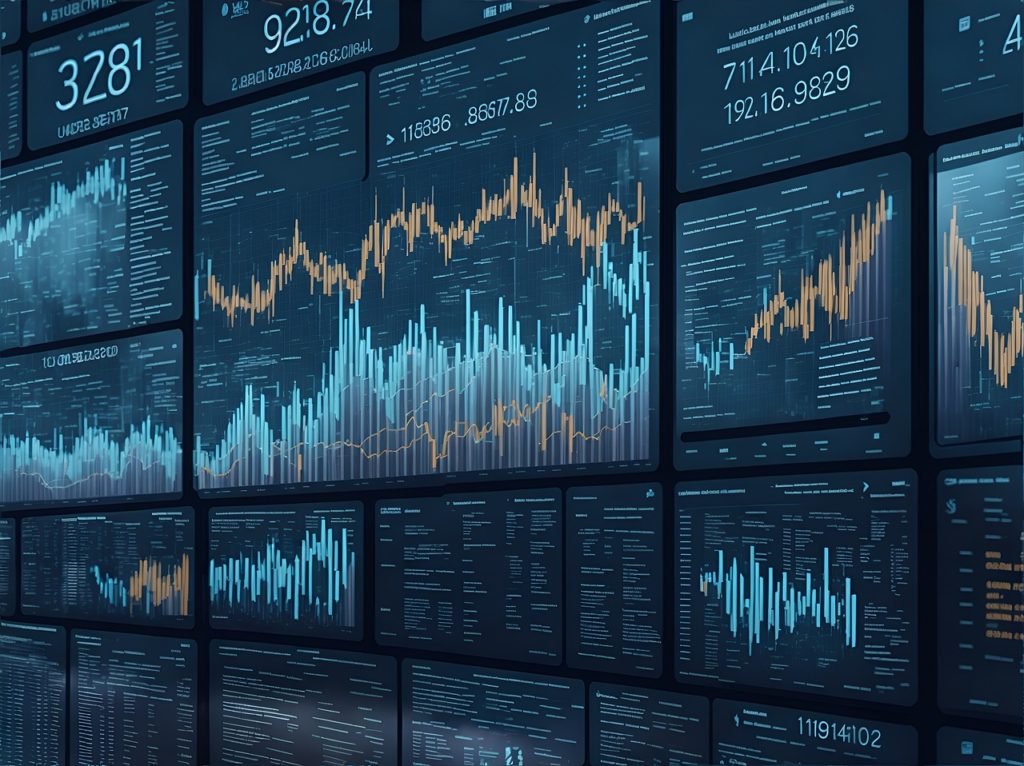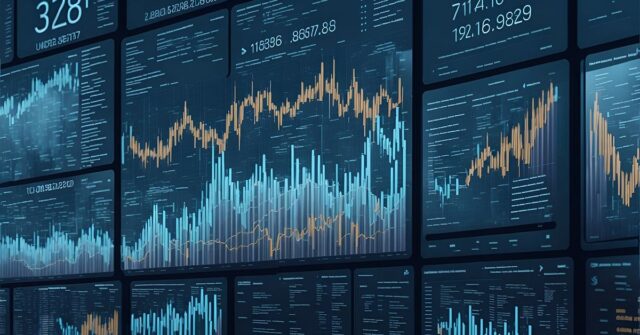
The United Kingdom is witnessing a surge in commodities trading, with the nominal value in the commodities market forecasted to reach an impressive US$1,701.00 billion in 2024. This upward trajectory is expected to continue, with an annual growth rate (CAGR 2024-2028) of 3.79%, propelling the projected total amount to US$1,974.00 billion by 2028.
One of the key indicators of this trend is the average price per contract, which stands at US$0.01 in 2024. While seemingly modest on an individual basis, this figure represents a significant volume of trading activity, reflecting the growing popularity of commodities as an investment vehicle among traders and investors in the UK.
In a global comparison, the UK’s commodities market may not rival that of the United States, where the nominal value is projected to reach an astounding US$45,690.00 billion in 2024. However, the UK’s market is nonetheless robust and dynamic, attracting increased attention from investors seeking diversified investment opportunities in the financial market.
Looking ahead, the number of contracts in the commodities market in the United Kingdom is expected to climb to 147,800.00k by 2028, indicating sustained growth and investor confidence in this asset class. This surge in commodities trading reflects a broader trend of market participants seeking alternative investment avenues amid evolving economic and geopolitical landscapes.
Several factors are driving this increased interest in commodities trading in the UK. Economic uncertainty, geopolitical tensions, and inflationary pressures are prompting investors to seek refuge in tangible assets like commodities, which are traditionally viewed as a hedge against inflation and market volatility. Additionally, advancements in technology and the proliferation of online trading platforms have made commodities trading more accessible to a broader range of investors, further fueling demand in the market.
Commodities trading encompasses a wide range of assets, including energy, metals, agricultural products, and more. These assets offer investors the opportunity to diversify their portfolios and potentially capitalize on price movements driven by supply and demand dynamics, geopolitical events, and macroeconomic trends.
Navigating the World of Commodities Trading: A Brief Overview
Commodities form the bedrock of the global economy, serving as the essential raw materials from which most goods are created. Broadly categorized into ‘hard’ and ‘soft’ commodities, these assets encompass a diverse array of resources vital for industrial, agricultural, and commercial purposes.
Understanding Hard and Soft Commodities
Hard commodities comprise natural resources requiring extraction, including energies like oil and natural gas, and metals such as gold and aluminum. Conversely, soft commodities encompass agricultural products like crops and livestock.
The Appeal of Commodities Markets
Commodity markets hold allure for traders due to their inherent volatility, presenting opportunities for profit through both long and short positions. Price fluctuations are influenced by a myriad of factors, including consumer trends, weather patterns, government policies, and economic performance.
Top Traded Commodities Worldwide
Examining the most traded commodities globally reveals a diverse landscape of essential resources:
- Crude Oil (Brent): Brent crude, extracted from North Sea fields, serves as a benchmark for global oil prices, influenced by supply-demand dynamics and geopolitical factors.
- Steel: An alloy of iron and carbon, steel finds extensive use in construction and manufacturing, with prices tied to economic performance and trade policies.
- Crude Oil (WTI): West Texas Intermediate crude, prized for its low sulfur content, mirrors Brent crude’s dynamics, with its price influenced by US consumption and production.
- Soyabeans: Rich in protein, soyabeans are crucial for food production and biodiesel, with prices swayed by demand for animal feed and weather conditions.
- Iron Ore: Essential for steel production, iron ore prices are influenced by Chinese consumption and global economic trends.
- Corn: A staple food source, corn’s price fluctuations are driven by demand for animal feed, biofuels, and agricultural policies.
- Gold: A prized precious metal, gold serves as a safe-haven asset during economic uncertainty, with prices inversely correlated to the US dollar.
- Copper: Valued for its conductivity, copper’s price hinges on economic output and supply disruptions, particularly in key mining regions.
- Aluminium: Light and corrosion-resistant, aluminium’s price is affected by energy costs and demand from manufacturing and construction sectors.
- Silver: With industrial and investment demand, silver’s price reflects economic uncertainty and shifts in supply-demand dynamics.
In conclusion, commodities trading offers investors a diverse array of assets with varying risk profiles and potential for profit. Understanding the intricate interplay of market forces is crucial for navigating this dynamic landscape and capitalizing on opportunities in commodities markets.




